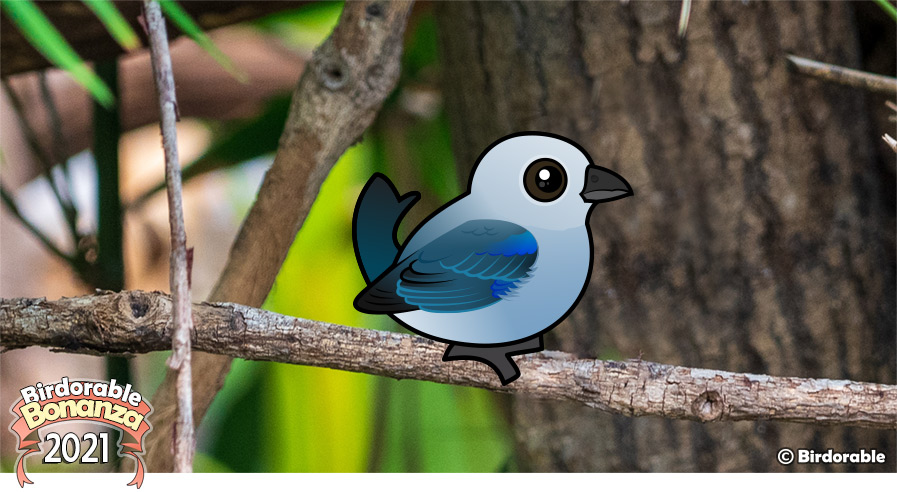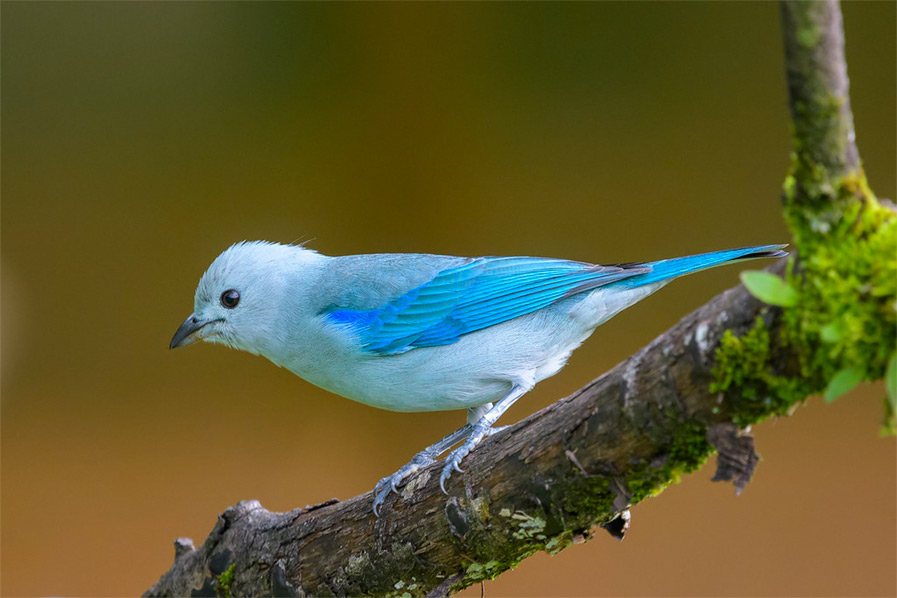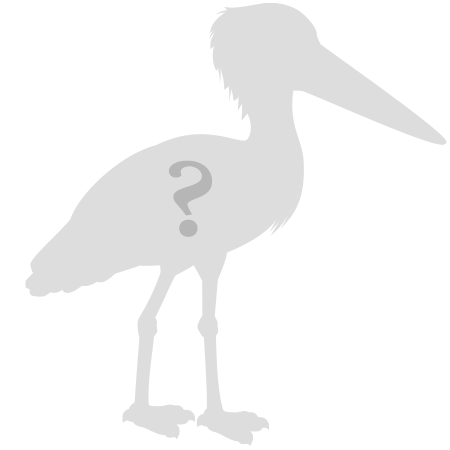2021 Bonanza Bird #3
Meet the Colorful Birdorable Blue-gray Tanager: A Tropical Delight!

Today, we're thrilled to introduce the vibrant and charming Blue-gray Tanager to the Birdorable family! This tropical beauty is sure to captivate bird enthusiasts with its stunning appearance and delightful personality.
Blue-gray Tanagers are native to a wide range of habitats, making them a versatile and adaptable species. You can spot these striking songbirds in various wooded and open environments, stretching from central Mexico to the northern regions of South America. With their extensive range, they have become a beloved sight for birdwatchers across the continent.
One of the remarkable characteristics of the Blue-gray Tanager is its diverse diet. These avian wonders have a palate that includes fruits, seeds, insects, and even nectar on occasion. Their ability to feed on a variety of food sources showcases their resourcefulness and adaptability in their chosen habitats.
What truly sets the Blue-gray Tanager apart is its enchanting plumage. These birds boast a captivating blend of blue and gray tones, which makes them a true tropical gem. Their vibrant colors are a testament to the beauty of the natural world, and observing them in the wild is an unforgettable experience.

Unlike some migratory species, Blue-gray Tanagers are resident birds, meaning they remain in their habitats throughout the year. This makes them a reliable sight for bird enthusiasts who wish to enjoy their colorful presence whenever they venture into the great outdoors.
The Blue-gray Tanager is a perfect addition to the Birdorable collection, and we're excited to share its beauty with you. Stay tuned for more exciting additions to our Birdorable family as we continue to celebrate the wonderful world of birds.
Tomorrow's new bird is the smallest species of stork in the world. Do you know the name of this bird?









Comments
Be the first to comment
Thank you!